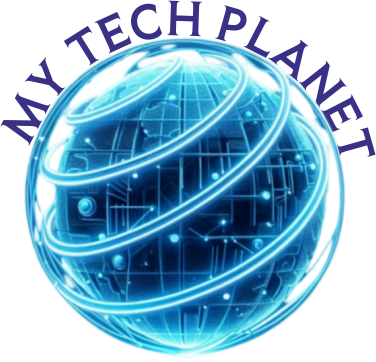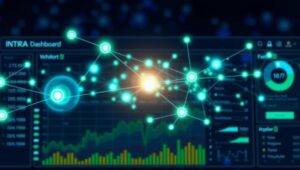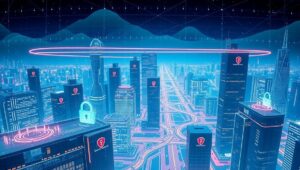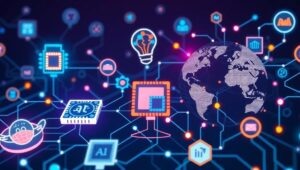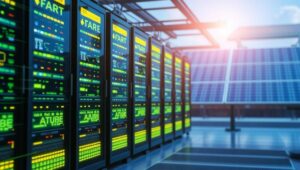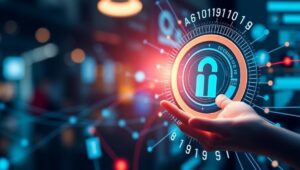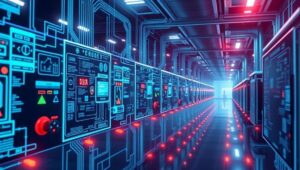May 28, 2025
The Future of IoT Data Visualization Tools (2025)
The Future of IoT Data Visualization Tools (2025) The Internet of Things (IoT) is generating massive amounts of data, and the ability to visualize this data effectively is becoming increasingly critical. By 2025, IoT data visualization tools will be more sophisticated, user-friendly, and integrated with advanced analytics capabilities. Key Trends Shaping the Future of IoT Data Visualization AI-Powered Insights: Expect to see more AI-driven tools that automatically identify patterns, anomalies, and trends in IoT data, providing actionable insights without requiring extensive manual analysis. Real-Time Visualization: Real-time data visualization will become standard, allowing users to monitor IoT devices and systems in
